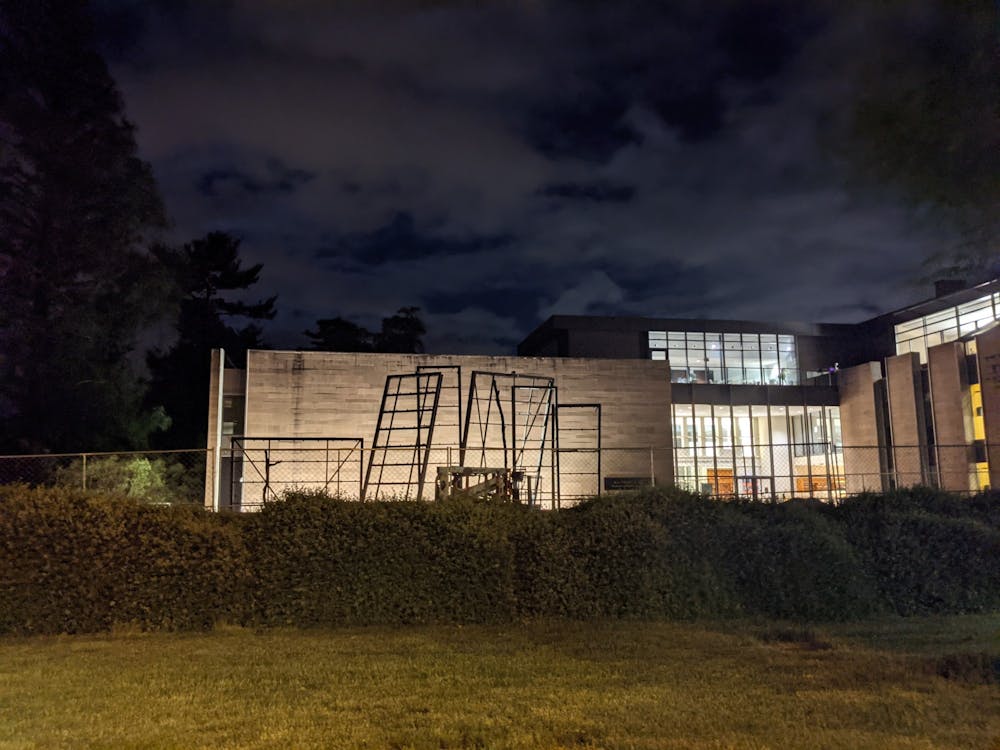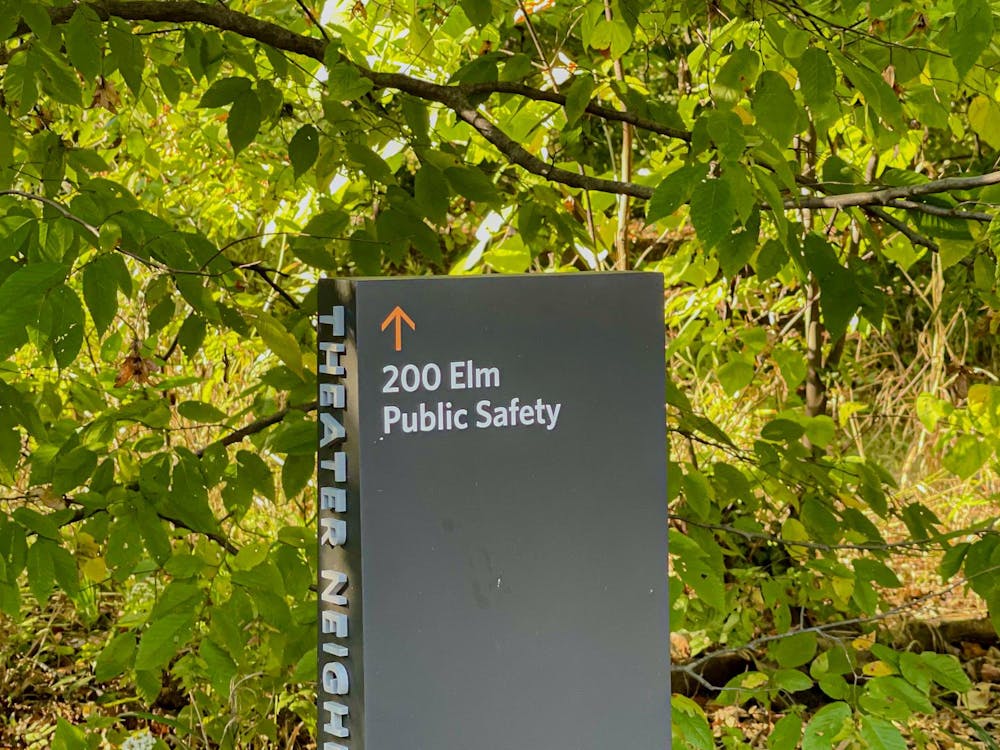Five pieces of art linked to Edoardo Almagià ’73, who is currently being investigated for smuggling art into the United States, remain in the Princeton University Art Museum (PUAM).
On March 22, a search warrant filed by the Office of the Manhattan District Attorney (DA) authorized the seizure of eleven items from the Museum, cumulatively worth $200,000. The document alleged that these artifacts were stolen before the University acquired them. Six of these objects were on loan to the University from Almagià, constituting $150,000 of the seized items’ total value.
The five objects remaining in the museum include a Greek jar from the Early Hellenistic period, a Roman doll made of bone, and an Etruscan terracotta amphora, as well as two bowl fragments from the early first century. The amphora was donated by art dealer Peter Glidewell through Almagià, while the rest were loaned from Almagià directly. The value of the remaining items in PUAM is unknown.
All items were loaned to the University between 1984 and 1993. In an interview with The Daily Princetonian, Almagià described the University’s process for acquiring his art as “pretty straightforward.”
“They would see the object, and if they thought it was interesting for the museum, they would buy it, and that’s it,” he said.
When asked how he gained possession of the artifacts he later loaned, Almagià said that many of the objects had been in his family for years, including a fragment of a red cup that he donated to the Metropolitan Museum of Art — an artifact he claims to have found as a teenager while “walking in the countryside.”
“I was exploring right and left, and I found this little fragment and I picked it up because I liked it,” he said. He added that he gave these fragments to Dietrich von Bothmer, a prominent German-American art historian. After von Bothmer passed away in 2009, 16,000 vase fragments from his collection were donated to the Met.
According to David Gill, an Honorary Professor at Kent Law School and a Fellow of the Royal Society of Arts who writes for the Journal of Art Crime, 40 of these 16,000 fragments were returned to Italy in order to, according to a spokesperson for the Met, “serve as evidence in the investigation and possible trial of Edoardo Almagià.”

Almagià is currently under investigation for illegally moving art from Italy to the United States for more than 30 years, as well as for falsifying customs documents. He has had various brushes with the law over the past 20 years, including being stopped at John F. Kennedy Airport in 2000 for carrying two stolen Roman frescoes and having his Upper East Side Apartment raided by federal agents in 2006.
Almagià graduated from the University in 1973 with a degree in history, completing a 251-page thesis titled “Tiberius in Capri.”
In December, the DA’s office seized more than 150 items linked to Almagià from a number of institutions, including the Getty Museum and Fordham University, and returned them to the Italian consulate.
In an interview with the ‘Prince,’ Almagià said that he was “shocked to hear that the [Princeton University Art] Museum allowed these objects to be seized,” saying that most of them belonged to his family. “It’s absolutely ridiculous.”

“The Americans are so happy confiscating [objects], not even knowing what they are,“ said Almagià. “Do you think they will go on exhibit in [a] museum? No. They will end up in a box in the storeroom, and nobody will ever see them.”
When asked about the PUAM’s process to determine whether the five Almagià items were originally stolen, given his history of being investigated, University spokesperson Michael Hotchkiss referred the ‘Prince’ to a previous statement from the Art Museum, which links to PUAM’s policy on provenance research.
The webpage says that “the Museum actively conducts and carries out research on new acquisitions, whether prospectively coming into the collections by purchase or by gift, as well as doing so retrospectively on works already within its care.”
It further warns that it can be “difficult to determine the complete provenance of many works” and acknowledges that “gaps in provenance are common.”
“Objects are often bought and sold anonymously before arriving at a museum; past owners may die without disclosing where they obtained the works in their collections; dealers do not always make known the sources of their holdings; and the records of dealers and auction houses are often incomplete,” the website continues.
The page also cites the Museum’s adherence to the UNESCO Accord of 1970, which introduced provisions to prevent the “illicit trafficking of cultural property.”
“The Princeton University Art Museum is cooperating fully with authorities in an ongoing investigation,” PUAM Associate Director for Communication and Information Stephen Kim wrote. “We are always grateful for new information that allows us to fulfill our stewardship responsibilities relative to our collections, in keeping with our commitment to ethical collecting.”
Sandeep Mangat is a head news editor at the ‘Prince.’
Miriam Waldvogel is an assistant news editor at the ‘Prince.’
Please direct any corrections requests to corrections[at]dailyprincetonian.com.








